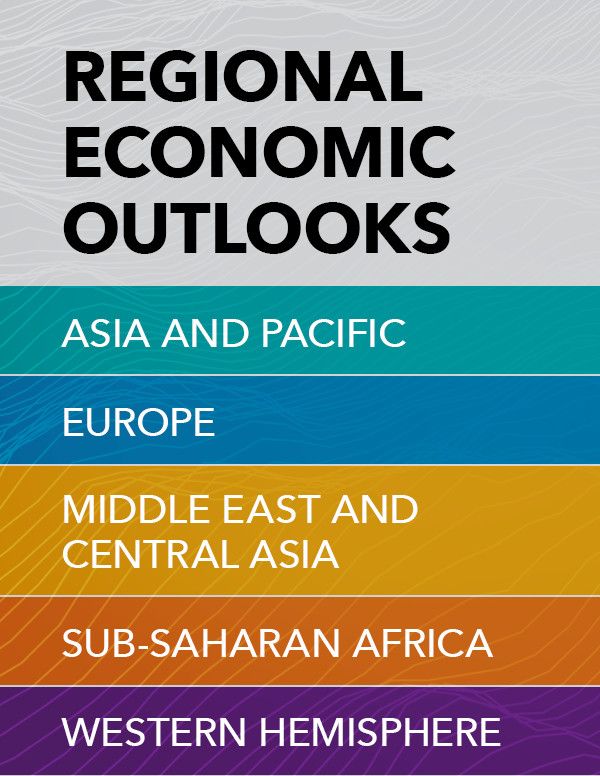Growth on Divergent Paths Amid Elevated Policy Uncertainty

Global economic growth is expected to slow, with projections of 3.3 percent for both 2025 and 2026. According to the World Economic Outlook (WEO), this marks a decrease compared to the historical average of 3.7 percent between 2000 and 2019.
The forecast for 2025 remains unchanged from the October 2024 WEO, primarily due to an upward revision in the United States, which will be offset by downward revisions in other major economies.
Meanwhile, global headline inflation is expected to decline to 4.2 percent in 2025 and 3.5 percent in 2026. However, a crucial distinction exists between advanced and emerging market and developing economies, with the latter converging back to target inflation earlier than their advanced counterparts.
The medium-term outlook for growth faces significant risks, predominantly downside risks due to elevated policy uncertainty. Policymakers must balance competing interests between inflation control and real economic activity.
In addition, there is a risk of disruptions to emerging disinflation that could impact monetary policy easing and have implications for fiscal sustainability and financial stability. To mitigate these risks, policymakers will need to prioritize structural reforms, stronger multilateral rules, and cooperation to manage the trade-offs required to keep real growth prospects aloft in the years ahead.
In an effort to prevent a reversal of the previous pivot towards lower inflation targets, global leaders will need to tread carefully with their policies.
